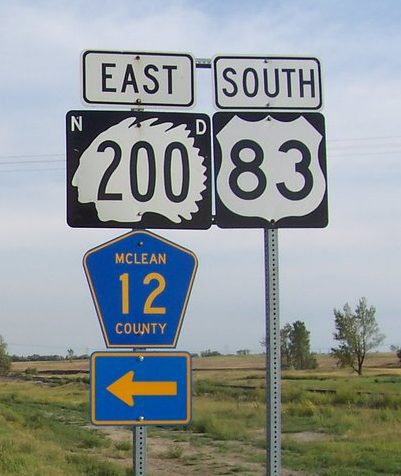
John Calvin Coolidge granted automatic citizenship to all Native Americans born in the United States in June 1924, but he also began desecration of Mount Rushmore in August 1927.
With a sweep of his pen in June 1924, John Calvin Coolidge granted automatic citizenship to all Native Americans born in the United States.
Afterward, Coolidge, wearing a dark suit and grasping a hat in his hands, posed for a photo outside the White House with four tribal leaders—three of whom were dressed in traditional attire. Although the photograph likely was taken several months after Coolidge signed the Indian Citizenship Act it came to symbolize a new era in federal-Indian relations.

President Calvin Coolidge with four Osage Indians after Coolidge signed the bill granting Indians full citizenship. (Library of Congress Prints and Photographs Division, Washington, D.C.)
Also known as the Snyder Act, the Indian Citizenship Act, sought to reward Indians for service to their country while also assimilating them into mainstream American society. Because two-thirds of the indigenous population had already gained citizenship through marriage, military service or land allotments, the act simply extended citizenship to “all noncitizen Indians born within the territorial limits of the United States.”
Passage of the act came partly in response to Indians’ overwhelming service during World War I. About 10,000 Indians enlisted in the military and served during the war, despite not being recognized as U.S. citizens.












